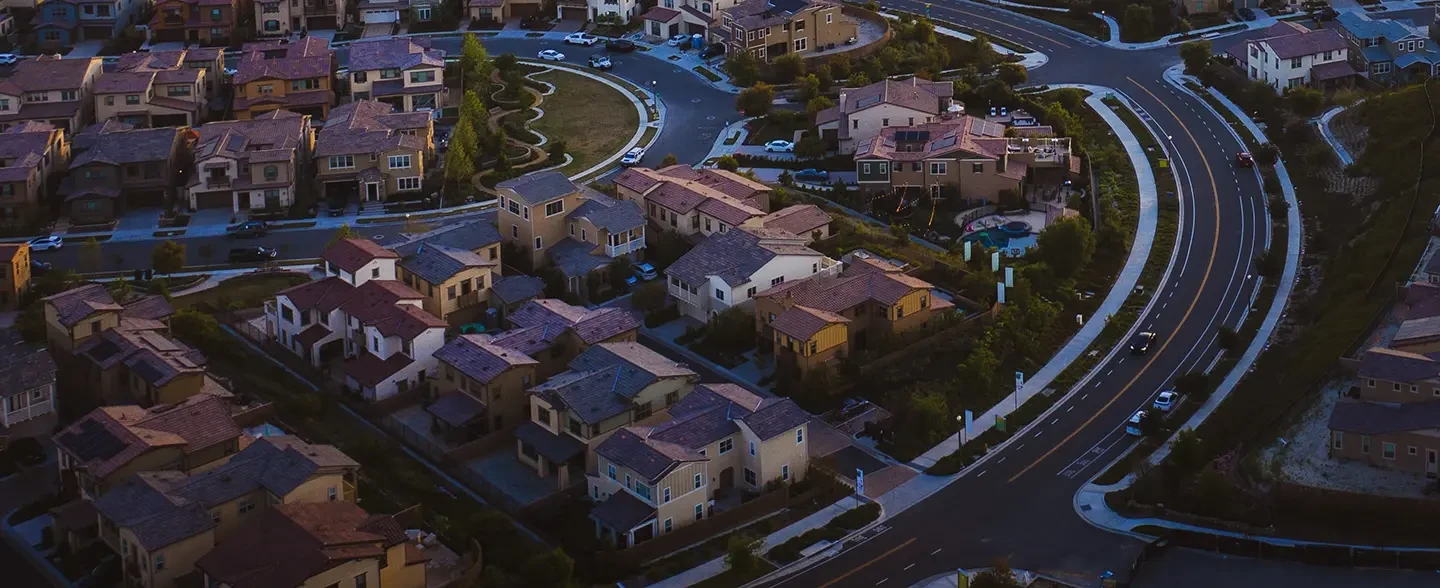Living in a community governed by a Homeowners Association (HOA) offers numerous benefits, including maintained common areas and preserved property values. However, these advantages come with certain responsibilities, particularly when considering home modifications HOA.
Adhering to HOA architectural guidelines is crucial for homeowners planning to alter their property's exterior. These guidelines ensure that any changes maintain the community's aesthetic harmony and uphold property values. Understanding and navigating the HOA approval process is crucial to avoid potential conflicts and HOA disputes, ensuring a smooth modification experience.
Understanding HOA Architectural Guidelines
HOA architectural guidelines serve as a framework to maintain a cohesive and visually appealing community. They outline the standards for exterior modifications, ensuring that any changes align with the neighborhood's overall design and character. By adhering to these guidelines, homeowners contribute to the community's uniformity and, consequently, its property values.
Legal Framework: Covenants, Conditions, and Restrictions (CC&Rs)
At the core of these guidelines are the Covenants, Conditions, and Restrictions (CC&Rs). This legal document specifies what homeowners can and cannot do with their property. For instance, CC&Rs might restrict certain paint colors, types of fencing, or landscaping choices. Understanding and complying with the CC&Rs is vital, as violations can lead to penalties or required reversals of unauthorized modifications.
The Role Of HOA Boards And Architectural Committees
The HOA board is responsible for enforcing the community's architectural standards. Their duties include reviewing modification proposals, ensuring compliance with the CC&Rs, and addressing any violations. The board acts as the governing body to maintain the community's integrity and aesthetic appeal.
Architectural Review Committee (ARC)
Composition: The Architectural Review Committee (ARC), sometimes referred to as the Architectural Control Committee (ACC), typically comprises volunteer homeowners or appointed members. These individuals are entrusted with the task of reviewing and approving or denying modification requests.
Functions: The ARC's primary function is to evaluate proposed changes to ensure they align with the community's architectural guidelines. They assess the potential impact of modifications on the neighborhood's appearance and property values. By doing so, the ARC helps maintain the community's cohesive look and feel .
The Architectural Approval Process
Step-by-Step Overview
Review Governing Documents: Before planning any modifications, homeowners should thoroughly review the CC&Rs and architectural guidelines to understand permissible changes.
Prepare Proposal: Gather all necessary documentation, including detailed plans, material specifications, and any other required information.
Submit Application: Follow the HOA's prescribed submission procedures, ensuring all forms and documents are complete.
Await Review: The ARC or HOA board will review the proposal, considering its compliance with the guidelines.
Typical Timelines
Most HOAs aim to review and respond to applications within 30 to 60 days. However, timelines can vary based on the complexity of the project and the HOA's specific procedures. It's essential to plan accordingly and factor in this review period when scheduling your project.
Crafting A Successful Proposal
Essential Components
Detailed Plans: Provide comprehensive drawings or blueprints illustrating the proposed modifications.
Material Specifications: List all materials to be used, including types, colors, and finishes.
Color Samples: Include actual samples or accurate representations of colors for paints, stains, or other finishes.
Contractor Information: Supply credentials and licenses of any professionals involved in the project.
Compliance With Standards
Ensure that your proposal aligns with the community's aesthetic and design standards. This includes adhering to guidelines on materials, colors, and overall design to maintain the neighborhood's cohesive appearance.
Navigating Challenges And Appeals
Common Reasons for Denial
Homeowners may encounter denials for their home modifications due to several common reasons:
Non-compliance with design standards: Proposals that deviate from the established HOA architectural guidelines may be rejected to maintain community aesthetics.
Incomplete applications: Missing documentation or insufficient details can lead to automatic denials.
Negative impact on community aesthetics or property values: Modifications perceived to disrupt the visual harmony or reduce property values are often declined.
Appeals Process
If a proposal is denied, homeowners have the right to appeal the decision. The process typically involves:
Reviewing the denial: Understand the specific reasons for rejection as outlined by the Architectural Review Committee (ARC) or HOA board.
Grounds for appeal: Valid reasons include misinterpretation of guidelines or inconsistent application of standards.
Submitting a written request: Formally request reconsideration, providing additional information or clarifications as needed.
Attending a hearing: Present your case to the ARC or board, highlighting compliance and addressing concerns.
It's crucial to adhere to the HOA's specified timelines and procedures during the appeal process.
Strategies for Flexibility
Open dialogue: Engage in constructive conversations with the ARC or board to understand concerns and explore acceptable alternatives.
Alternative solutions: Modify proposals to align better with HOA architectural guidelines, balancing personal preferences with community standards.
Legal Considerations And Best Practices
Fair Housing Compliance
HOAs must ensure that their decisions do not discriminate based on race, color, religion, sex, disability, familial status, or national origin, in accordance with the Fair Housing Act. Decisions should be based solely on compliance with established guidelines.
Consistency
Applying rules uniformly to all homeowners prevents perceptions of favoritism or bias, fostering trust and fairness within the community.
Transparency
Clear communication regarding guidelines, procedures, and decisions helps homeowners understand expectations and reduces misunderstandings.
Avoiding Legal Complications
Undertaking modifications without proper approval can lead to legal disputes, fines, or mandated reversals. Homeowners should exercise due diligence by reviewing guidelines and seeking necessary approvals before commencing any work.
Partner With Experienced Legal Counsel For HOA Compliance; Contact LS Carlson Law Today
Successfully navigating HOA architectural guidelines is essential for homeowners planning property modifications. By understanding the approval process, engaging in open communication with the Architectural Review Committee (ARC), and adhering to established standards, homeowners can ensure their projects enhance both their property and the community.
However, complexities can arise, and having experienced legal guidance can make a significant difference.
Need assistance with your HOA approval process?
Contact LS Carlson Law today to consult with a seasoned HOA attorney California. Our team is dedicated to helping you navigate the intricacies of home modifications within HOA regulations, ensuring your rights are protected and your projects proceed smoothly.
Frequently Asked Questions
How long does the HOA approval process typically take?
Timelines vary by association, but most HOAs aim to review and respond to applications within 30 days. It's essential to check your HOA's specific guidelines for exact timeframes.
What can homeowners do if their proposal is denied?
Homeowners can appeal the decision by following the procedures outlined in the HOA's governing documents. This often involves submitting a written request for reconsideration and possibly presenting the case at a board meeting.
Are there any common reasons for proposal rejections?
Common reasons include non-compliance with design standards, incomplete applications, or proposed changes that negatively impact the community's aesthetics or property values.

Tell Us About Your HOA Dispute
When you hire LS Carlson Law, you can be assured you’ll be getting an aggressive firm fully dedicated to achieving your legal objectives. Don’t take our word for it, we encourage you to take a look at the numerous five-star client reviews. Call us now or fill out the form to set an appointment.



